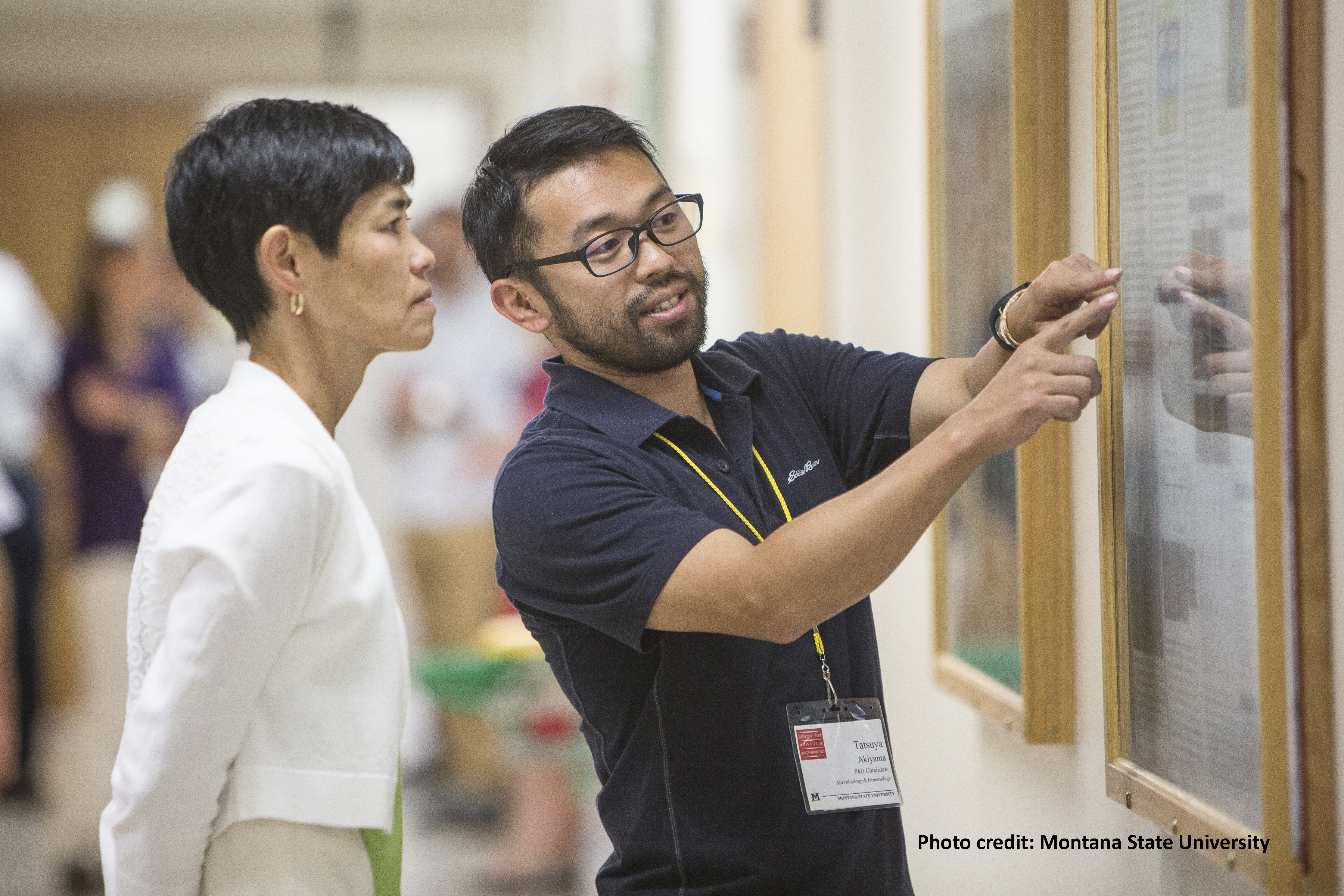Data visualization is all the rage, and NSSE users are no strangers to using these tools to interpret and display their results. Since 2010, the NSSE Institute has reviewed and posted a gallery of effective examples of NSSE dynamic data displays, including dashboards, heatmaps, and innovative interactive online displays. In a panel for the Association for Institutional Research (AIR) Forum in Washington, D.C., four NSSE users presented their compelling visualizations that informed institutional decision making. Professionals from the University of Nebraska Omaha, Wheaton College, the University at Buffalo, and the University of Toronto discussed how they have visualized NSSE data to develop a compelling narrative with a focus on what works, for whom, and to what end. The presentation sought to build understanding of what data visualization inspires and for whom, specifically understanding how creating visualizations is connected with institutional culture.
One interesting takeaway from the session was the difference in motivations, media, and measurements used to create data visualizations. For example, institution-level learning outcomes at Wheaton College align with many of the Engagement Indicators captured on NSSE; therefore, it was important to create a dynamic tool that would allow educators to better understand results among diverse student populations. At the University of Nebraska Omaha, staff in the Office of Institutional Effectiveness acted on an ethical obligation to honor survey participants and institutional resources by "getting the data out" through publishing their NSSE reports online. Assessment and analysis staff with the Division of Student Life at University of Toronto created graphics relating a campus initiative (implementing High-Impact Practices) with engagement outcomes captured in the survey. The Director of Institutional Analysis at the University at Buffalo used Tableau to present all their NSSE results in an accessible, dynamic reporting tool, encouraging users to filter results by race-ethnicity and gender, and use results to answer common campus questions. Each campus responded to its specific needs, but all saw value in presenting results in accessible and interesting visualizations.
The panelists also reported a broad range of uses of their visualizations. Administrators at Wheaton used their dynamic reporting tool during important meetings about student learning, while University of Toronto used their graphics to bolster and focus campus conversations around student engagement. IR staff at the University of Nebraska Omaha categorized their results into topics that made sense for the campus (e.g. students' experiences with math and student satisfaction), and created a comprehensive data map to direct constituents to publicly available reports. The University at Buffalo used their data to affirm the value of and inform topics in their "Difficult Conversations" initiative, in which faculty host opportunities for students to share their diverse perspectives on campus issues. Users considering creating their own visualizations are welcome to consult these examples and others featured in our NSSE Data Display gallery.
If you have a good institutional NSSE data display to feature in our gallery, please send it to: Jillian Kinzie, jikinzie@indiana.edu

Kinzie, J., Zilvinskis, J., Prewitt-Freilino, P., Gutheil-Bykerk, J., Abbey, C., & Burrow, J. Association for Institutional Research Annual Forum, Washington, DC, 2017, June


